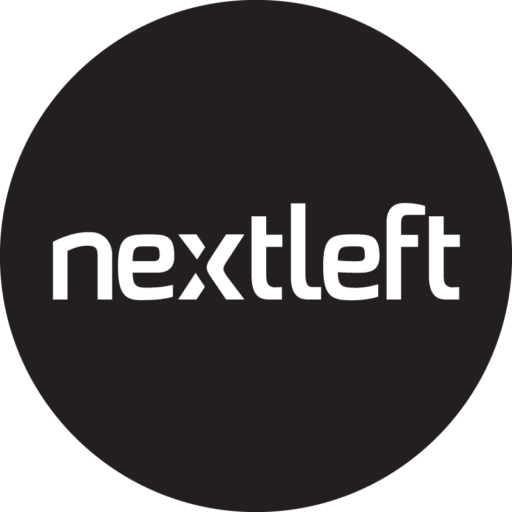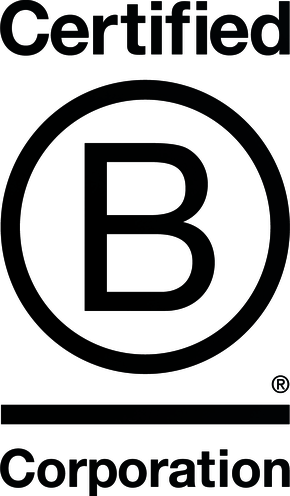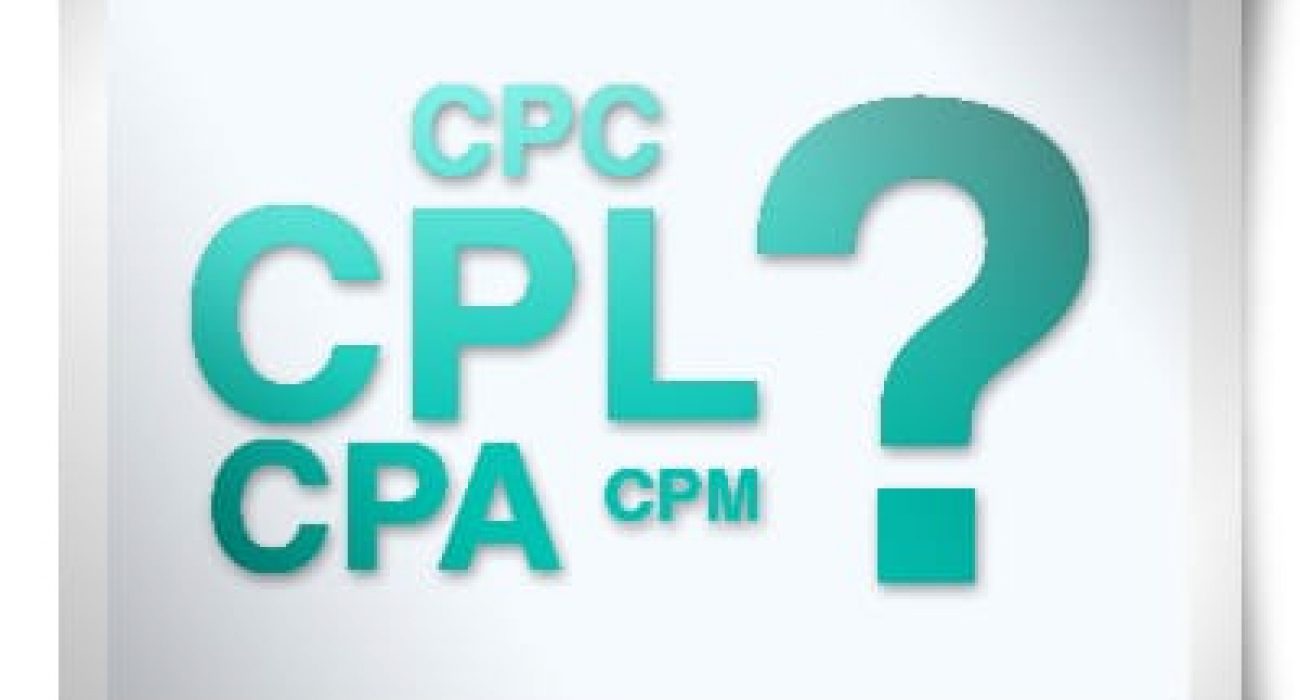When it comes to digital media, there are three core pricing models that are the standard within the industry. Each one can affect your marketing budget and, more importantly, your marketing goals differently. These are CPM (Cost per thousand impressions), CPC (Cost Per Click), and CPA (Cost Per Acquisition).
The CPM pricing model is most commonly used when purchasing traditional Display advertising and is still one of the most widely used purchasing metrics. With CPM, advertisers are paying for eyeballs: how many people potentially saw their ad. By purchasing media based on impressions, a marketer may see how many consumers their advertisement was served to, but there are no metrics on engagement or conversions. As a side note, there are now two types of impressions available, Served Ad Impressions and Viewable Impressions. Check out this article that explains the differences between the two.
CPC is arguably the most common form of pricing in Paid Media as traditional Paid Search is run on a CPC model across all search engines and has also been adapted by some of the display ad networks. CPC is best used when the goal is conversion. Advertisers are paying for visits to a site or specific landing page.
The concept behind the third model, CPA pricing, and why many advertisers choose this method, is that you pay when a prospective customer interacts with your brand in a way that you have predefined as a conversion. Examples of conversions are downloading a whitepaper, completing an RFI or Request For Information form, or making a purchase. The CPA model is best used when conversions are how you are measuring success.
The last few years have brought about an evolution in traditional digital media placement pricing. Some ad networks and ad exchanges have begun to offer Display ads on a CPC or CPA basis. Many brands see CPA as risk-free when compared to CPM pricing because the advertiser is paying for conversions rather than ads served or clicked on. In reality, before committing to a particular pricing model you need to do a 30 to 60-day flight on a CPM basis to see if the desired CPA can be delivered. Since less established advertisers tend to convert less, they are less likely to be eligible for CPA pricing. Advertisers also need to keep in mind that networks are making a margin. Over time, they earn a larger margin as they optimize and see a decrease in CPA. Be aware of the potential long-term costs of CPA.


